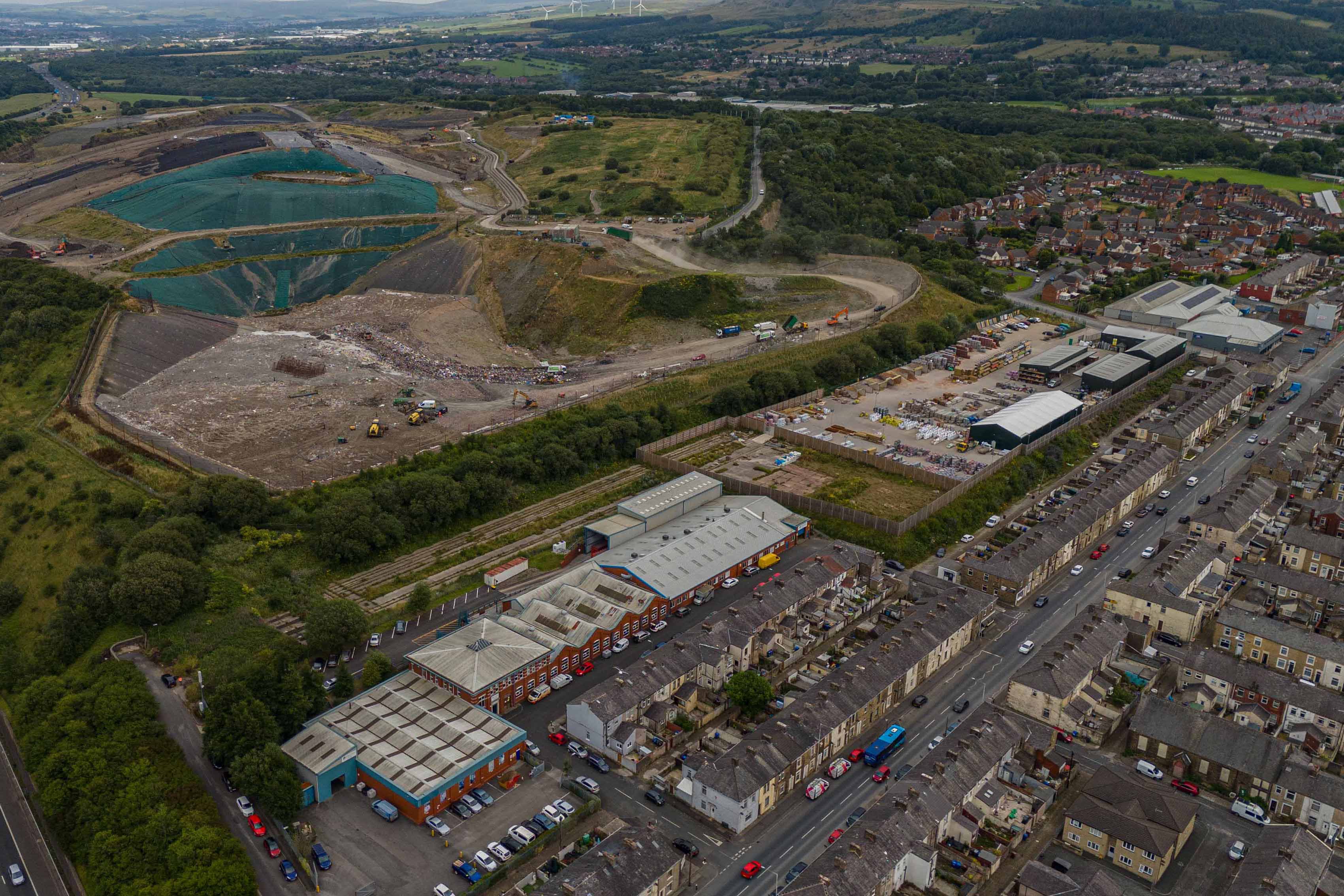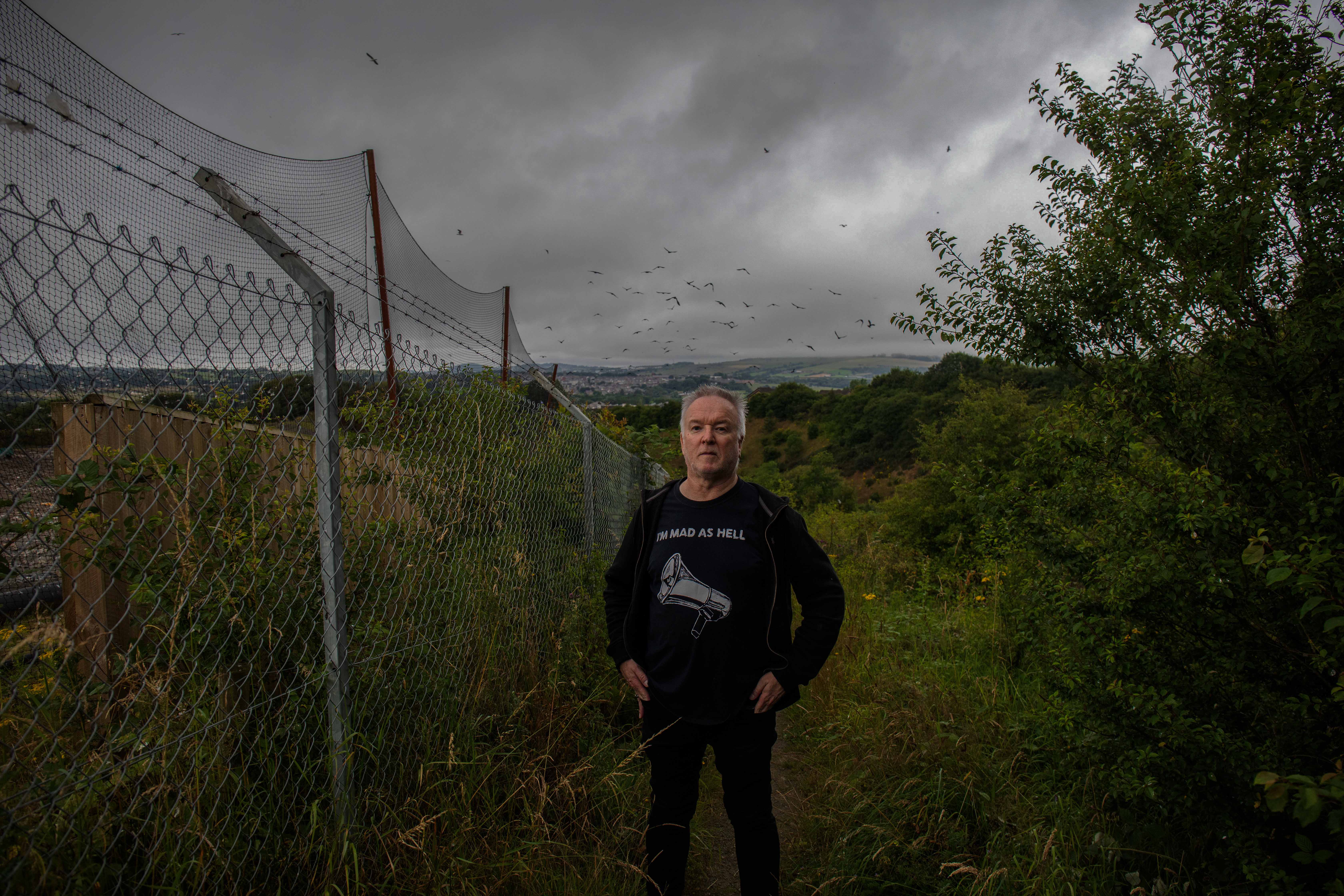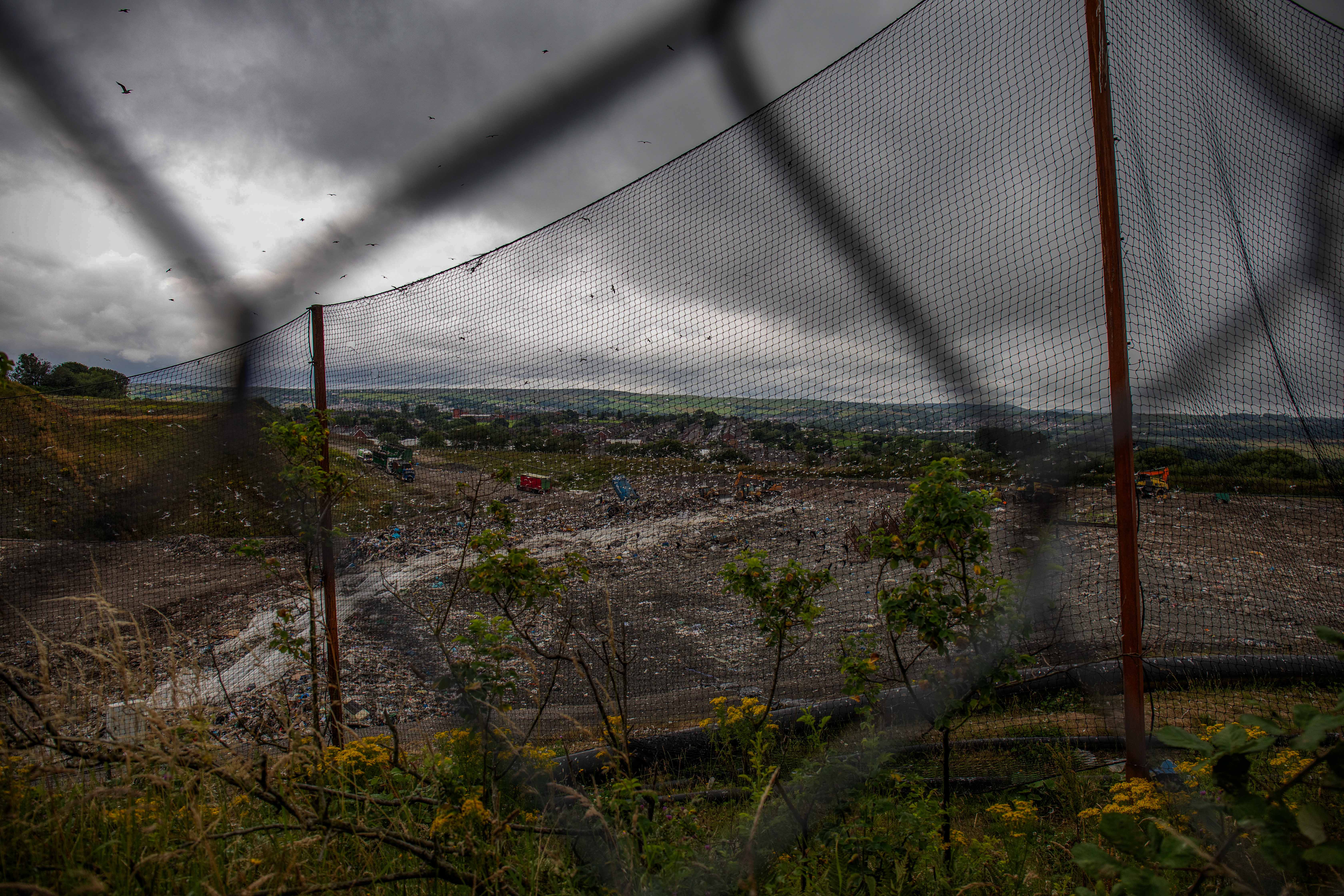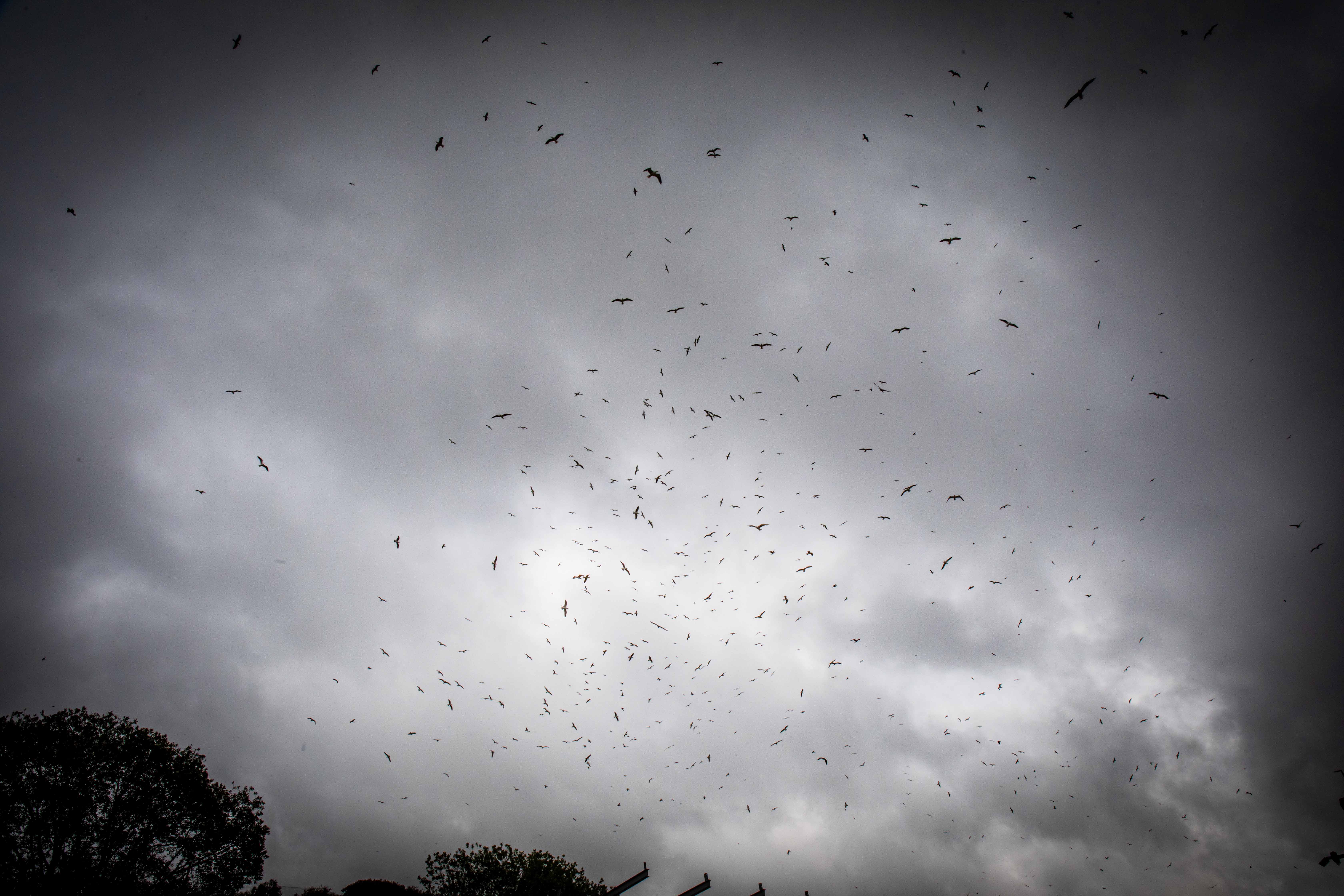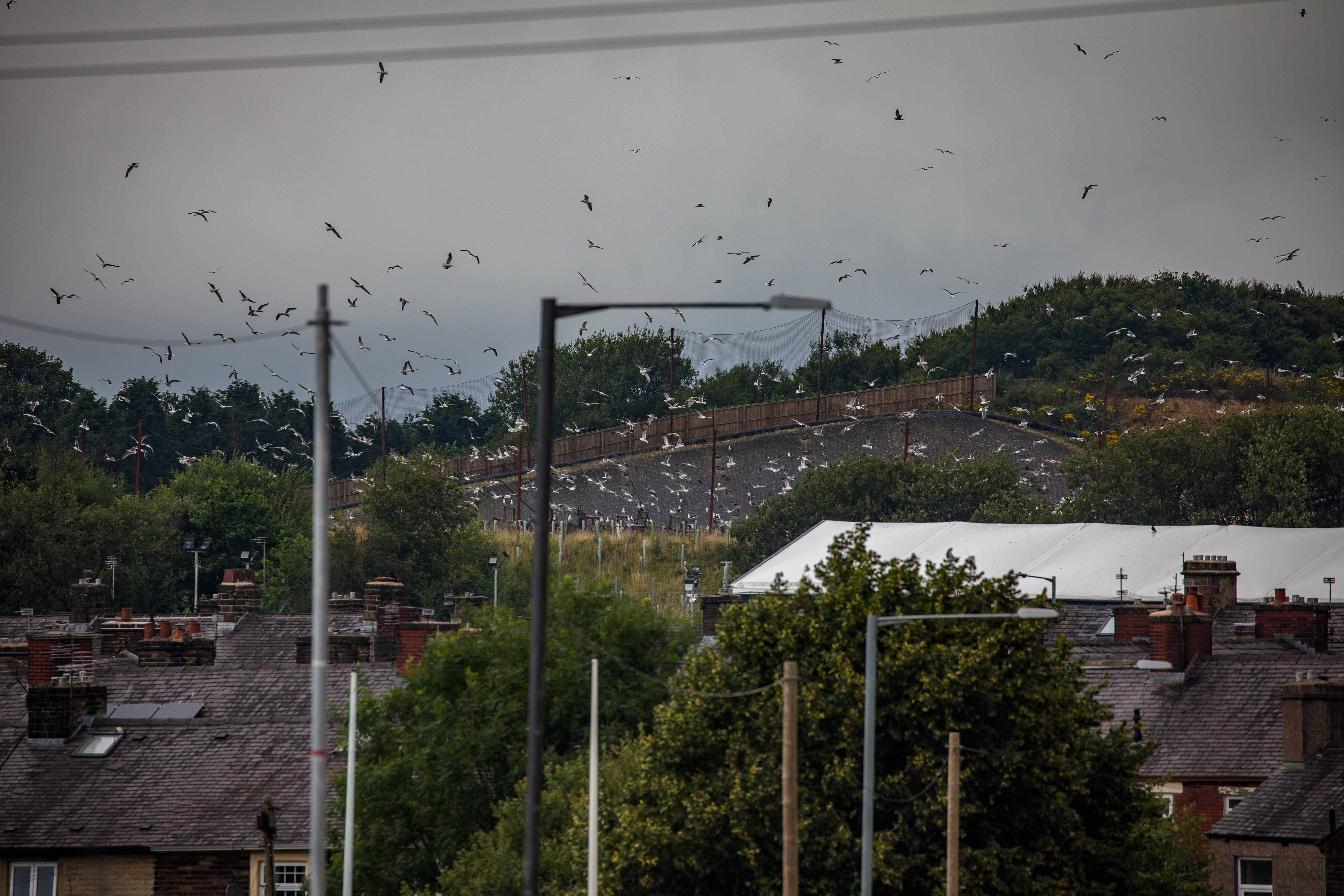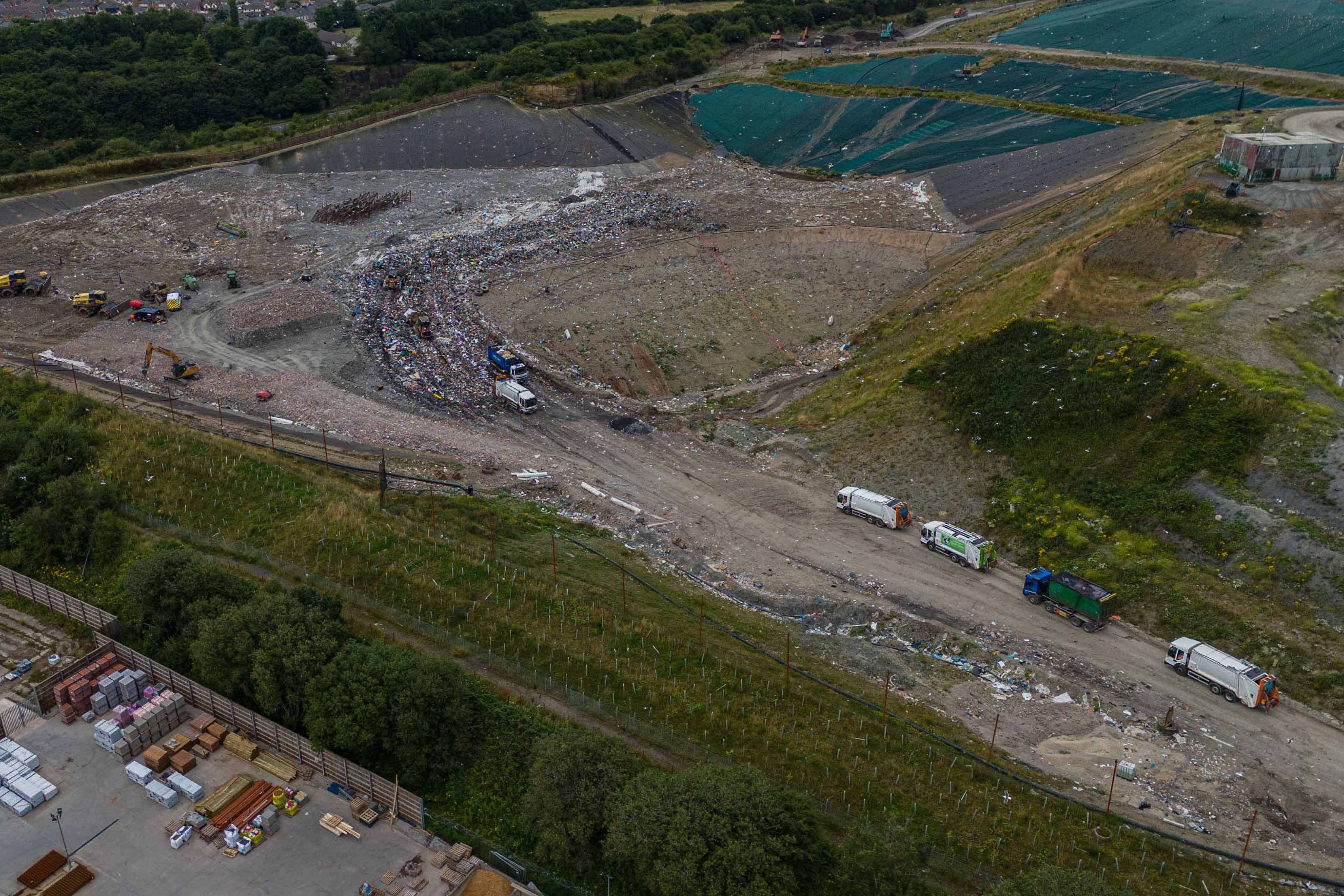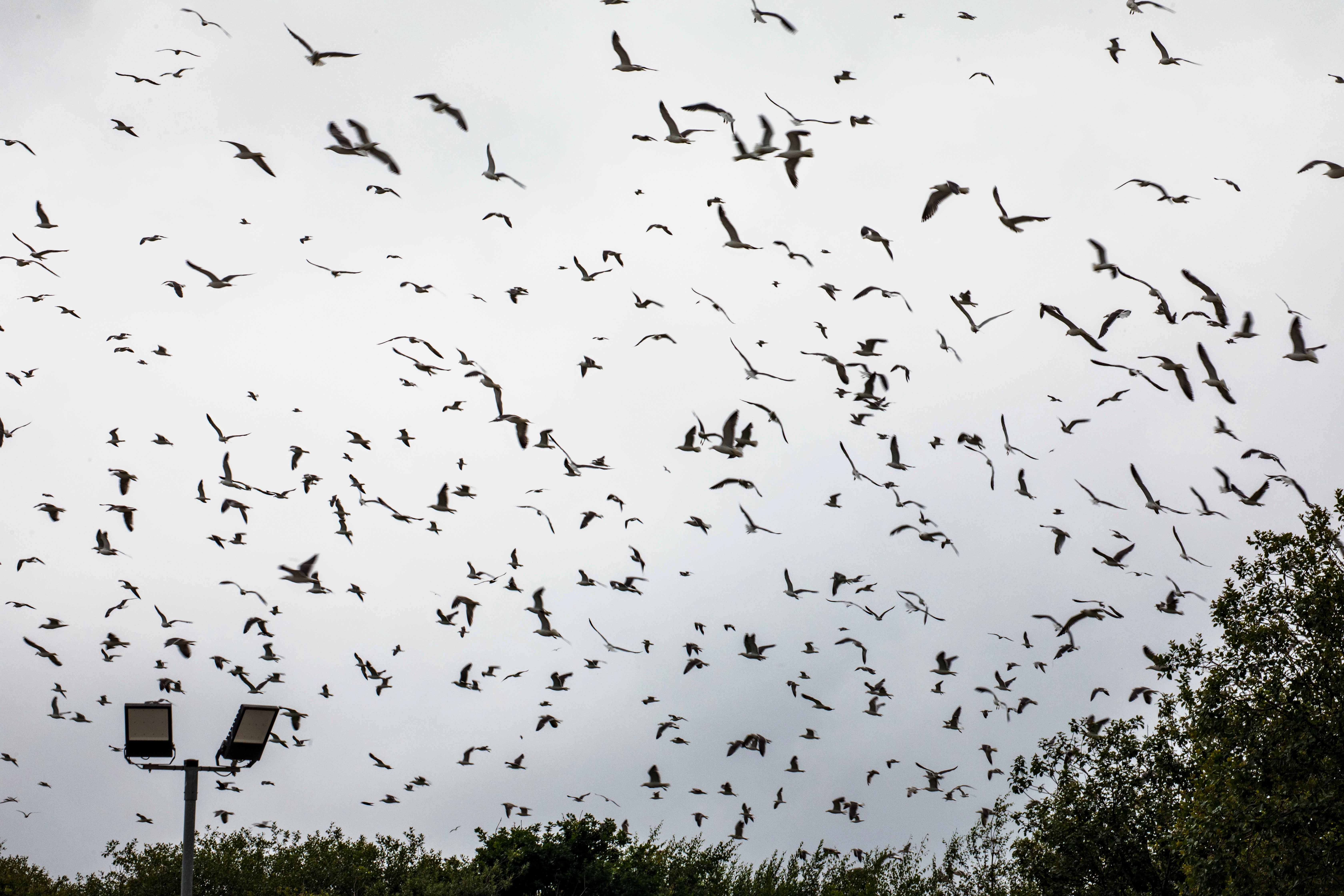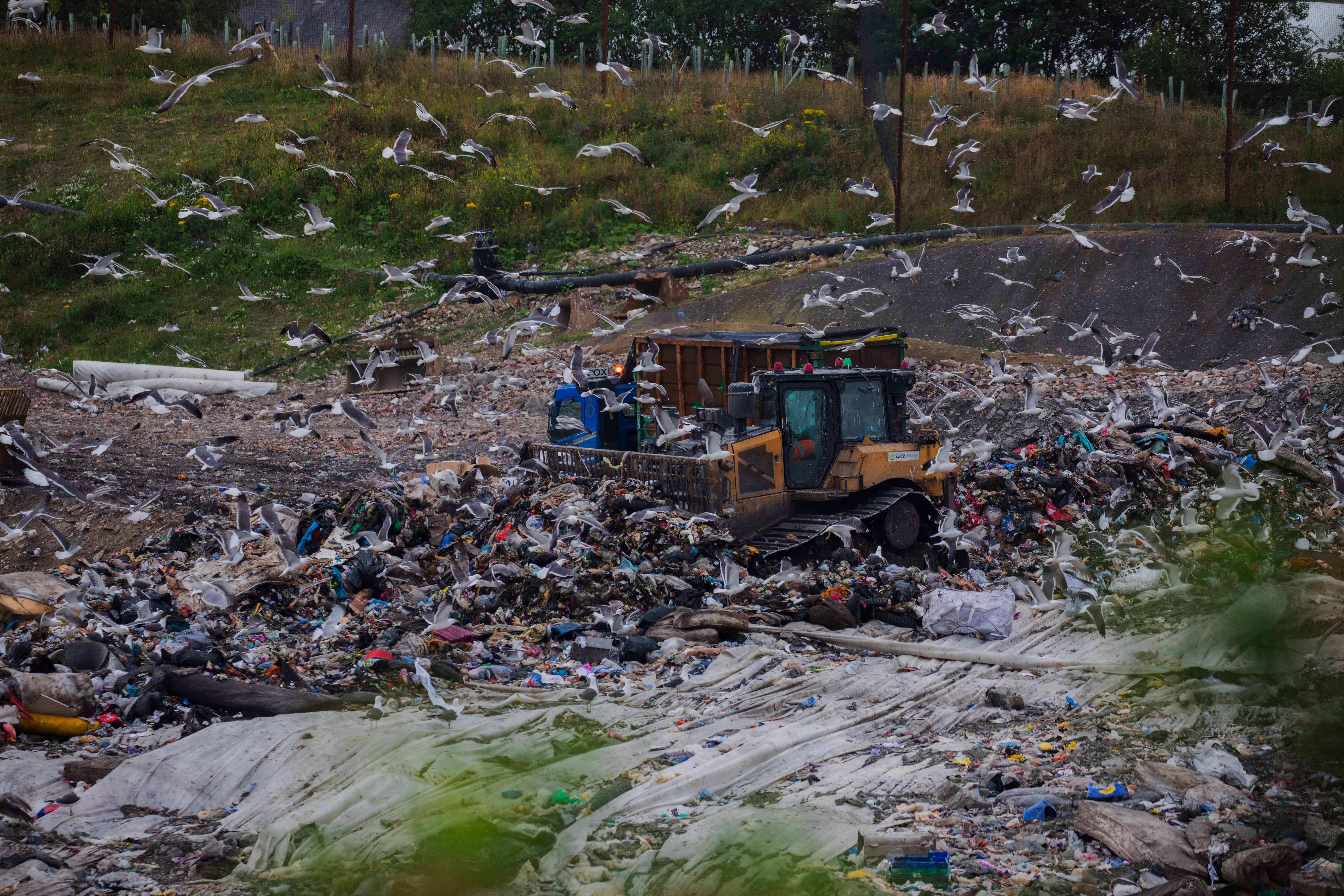Whinney Hill Landfill
It is a warm afternoon and the sky above the Whinney Hill landfill site near Accrington is full of seagulls.
Hundreds of them fly across the site, some landing to forage amongst the bags of rubbish. The air smells rancid. Whinney Hill landfill site is run by Suez and has been operating since the 1970s and takes household waste from across East Lancashire, but it has grown and it is now expanding towards residential areas.
The firm was regulated by the Environment Agency and explained that Lancashire has one of the largest seagull colonies in Europe. After the coronavirus pandemic, the gulls came inland to find food. Almost all modern landfill sites collect the methane gas and generate electricity as a by product, however landfill is seen as the worst option for our black bin waste.
We have been burying our rubbish for decades and despite attempts to reduce it, about 8% still goes to landfill. In the North West of England, we send 290,000 tonnes of household waste to landfill every year.
There are 50 landfill sites in the region and 21 are already at capacity.
In a bid to reduce how much we send to landfill, councils have been hit with higher charges. The main alternative is to burn it.
We send about 43% of our region's waste to incinerators like the EFW Facility in Runcorn, which is run by Viridor.
Viridor burns 3.5 million tonnes of rubbish every year at all of its sites, rubbish which can't be recycled.
The UK incinerated 50.2% of its household waste in 2023-24, a record amount, making it the country's "dirtiest form of power" according to the BBC, and a potential climate disaster. The government is attempting to crack down on new incinerators by implementing stricter environmental standards, but campaigns are calling for a complete ban on new projects to boost recycling and avoid incineration overcapacity.
Many groups are calling for a complete ban on new incineration projects, similar to policies already in place in Wales and Scotland.
Hundreds of them fly across the site, some landing to forage amongst the bags of rubbish. The air smells rancid. Whinney Hill landfill site is run by Suez and has been operating since the 1970s and takes household waste from across East Lancashire, but it has grown and it is now expanding towards residential areas.
The firm was regulated by the Environment Agency and explained that Lancashire has one of the largest seagull colonies in Europe. After the coronavirus pandemic, the gulls came inland to find food. Almost all modern landfill sites collect the methane gas and generate electricity as a by product, however landfill is seen as the worst option for our black bin waste.
We have been burying our rubbish for decades and despite attempts to reduce it, about 8% still goes to landfill. In the North West of England, we send 290,000 tonnes of household waste to landfill every year.
There are 50 landfill sites in the region and 21 are already at capacity.
In a bid to reduce how much we send to landfill, councils have been hit with higher charges. The main alternative is to burn it.
We send about 43% of our region's waste to incinerators like the EFW Facility in Runcorn, which is run by Viridor.
Viridor burns 3.5 million tonnes of rubbish every year at all of its sites, rubbish which can't be recycled.
The UK incinerated 50.2% of its household waste in 2023-24, a record amount, making it the country's "dirtiest form of power" according to the BBC, and a potential climate disaster. The government is attempting to crack down on new incinerators by implementing stricter environmental standards, but campaigns are calling for a complete ban on new projects to boost recycling and avoid incineration overcapacity.
Many groups are calling for a complete ban on new incineration projects, similar to policies already in place in Wales and Scotland.
